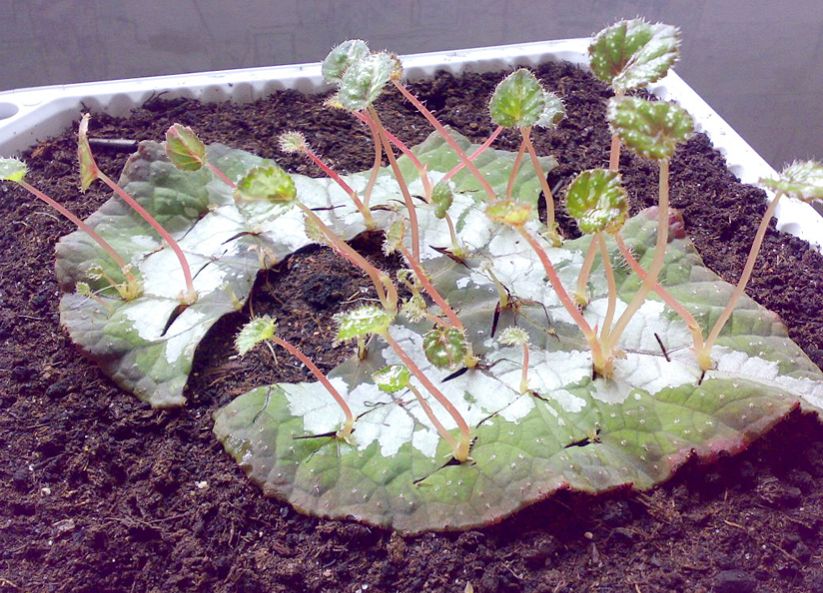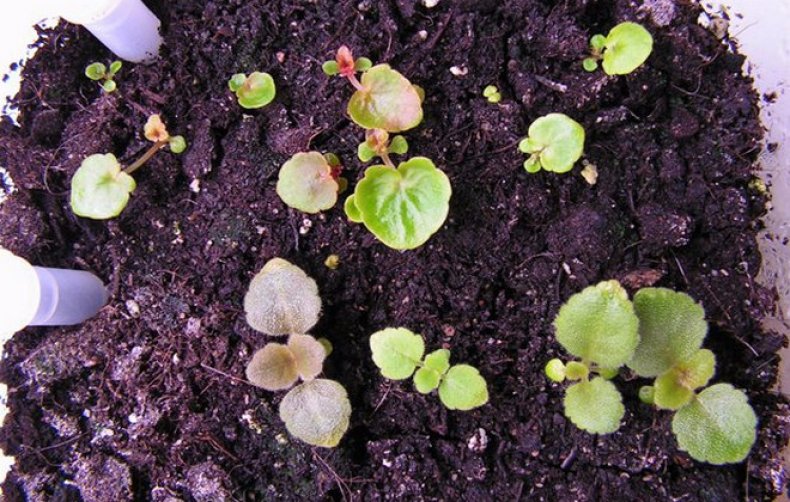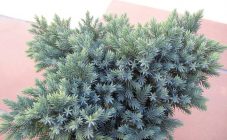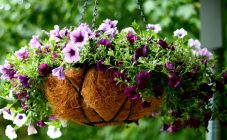Content:
This is not only a home begonia flower, they are often used to decorate flower beds. The variety of species is amazing, because there are about 900 original varieties, and more than 2000 hybrid ones. Growing begonias does not require special knowledge and skills and gives excellent results.
What you need to know when buying begonias to grow at home
How to grow begonia, where to start? If we are talking about a tuber variety, then they start with the purchase of a tuber. When choosing, you should pay attention to the color: correct - dark brown without light and black spots. It is imperative to inspect the tuber for mold. Size is important, it must be at least 4 cm.
Those who decide to purchase a ready-made flower should inspect the foliage and stems for spots, rot, signs of powdery mildew and other diseases.
Reproduction of begonias at home (on the balcony, on the windowsill)
The plant can be propagated in several ways:
- Seeds (only flowering varieties capable of producing fruits).
- Tuberous species - by dividing the tubers.
- Leaves.
- Cuttings.
Reproduction by dividing the tuber
Leaf propagation
Only those species that have fluff on the bottom of the leaf, or varieties with creeping stems, reproduce with a leaf.
There are three ways to grow begonia from a leaf:
- The selected healthy leaf is cut into several pieces so that each has at least one vein. Each fragment is planted in a watered substrate of sand and soil and covered with a transparent cap (a cut plastic bottle is suitable). The caps must be removed and the sprouts must be irrigated with water, avoiding waterlogging.
- Take a large sheet, make small cuts (1 cm) across the veins at a distance of 2.5 - 3 cm from each other. Lay the sheet over a damp pot and press it close to the incisions with stones. Cover the top of the pot with foil and put it in a sunny place. It is recommended to spray the seedling with water, and not pour it onto the leaf. When new seedlings appear and grow, they are planted in separate containers.
- The leaf cut off together with the handle is placed in a container with water and waited for the roots to form. After rooting, they are transplanted and wait until a new plant forms and the old leaf dies off.
Propagation by stem cuttings
Healthy shoots are suitable for cuttings; both the ends of the stems and the middle sections are used. The stalk should have 2 - 3 buds, its length should be 8 - 12 cm. On each stalk, 2 - 3 leaves are left, the rest are cut off.
A guide to growing begonias from seed
What do begonia seeds look like? They are very small and inconvenient to work with, so it is better to purchase granular ones.The best option is to sow seeds in peat tablets. They should be soaked and laid out on the surface in several granules, it is not necessary to deepen. From above the tablets are covered with a film, the tray is regularly watered so that the tablets do not dry out.
How to grow begonia from seeds? This type of breeding is the most difficult. In addition to regular thorough watering, ventilation and removal of condensation from the film is required.
Caring for begonia after planting at home
How to grow begonia? Like any indoor flower, the house begonia plant needs watering twice a week, and fertilizing every 15 days. Remember that excessive watering will not benefit the plant, but harm. In winter, water is rarely watered, and fertilization in cold weather is generally impossible.
If you take care of begonia at home correctly, it will give a positive result, it will grow well and please with beauty.















